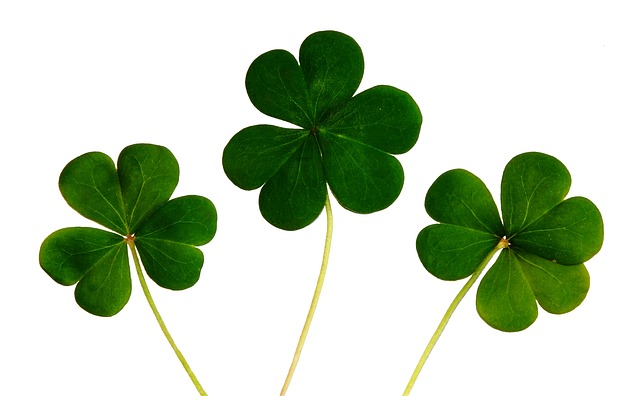St. Patrick’s Day- which is celebrated on March 17th every year- has a long, rich religious history.

The day is meant to honor and commemorate St. Patrick who allegedly brought Catholicism to Ireland.
For eons, the day was marked with a feast and a visit to the church.
But more recently, throughout Ireland, people mark the day by imbibing alcohol with reckless abandon, adorning in green, shamrocks, and pinching those who forget to wear the color green.
The story of St. Patrick begins when he was a young man, 16 years old, in the fifth century when Irish raiders attacked and kidnapped him from his British home and took him as a slave to the Gaelic Ireland.
While in Ireland, St. Patrick labored as a shepherd before finding God’ who admonished him to flee to the Irish coast where he’d find a ship that would ferry him back home.
Historians haven’t been able to piece together what exactly transpired afterwards, but there is rife speculation he went direct back to Britain or made a detour through France.
What is not in doubt is that he became a priest, went back to Ireland, where he would commit the remainder of his life preaching to pagan Irishmen.
The clover was a prominent feature of his missionary work as he often used it to explain the holy trinity to the Irishmen.
That is why the shamrock is central to this holiday.
While as a missionary in Ireland, he ordained priests, founded several monasteries, divided the country into several dioceses, and pretty much associated with the Catholic Church structure there. His mission was often concentrated in the western and northern ends of Ireland.
St. Patrick left an indelible mark on Ireland which grew in legend over the centuries. Today he is considered the country’s foremost saints.
It is supposed that he died on March 17, and every year on that day, the Irish people commemorate him.
It is not proven whether St. Patrick’s body was interred in Ireland- but legend has it that that is the place he was buried.
However, while he was alive, he often said that he was willing to die in Ireland for the success of his mission there.
Why then did a religious holiday turn to a day marked with raucous celebrations?
In Ireland, St. Patrick’s Day is not just a religious holiday but also a time for celebration.
Since the start of the 17th century, the day is celebrated as a catholic religious holiday.
Businesses close down as most Irish citizens attend Mass to offer their gratitude for missionaries laboring across the globe.
Because it is a happy occasion, the church restrictions on drinking and eating during lent are temporarily restricted.
